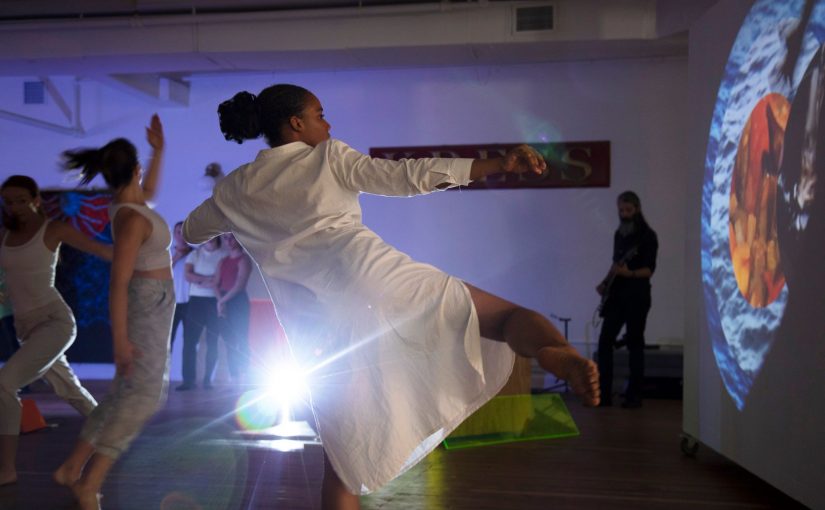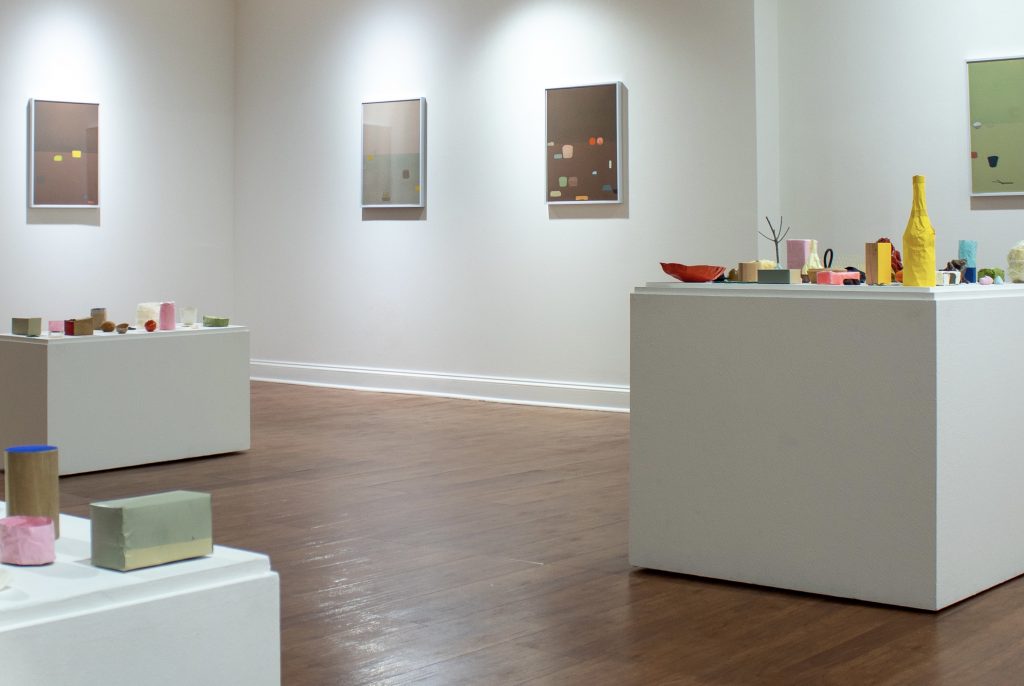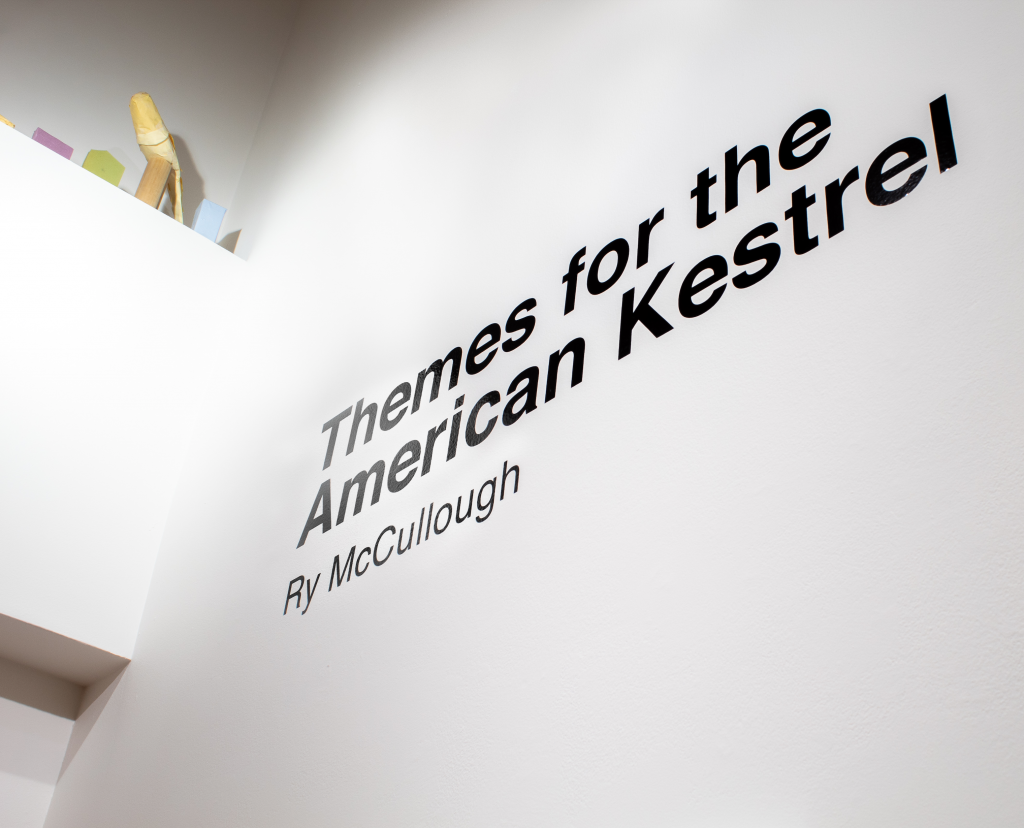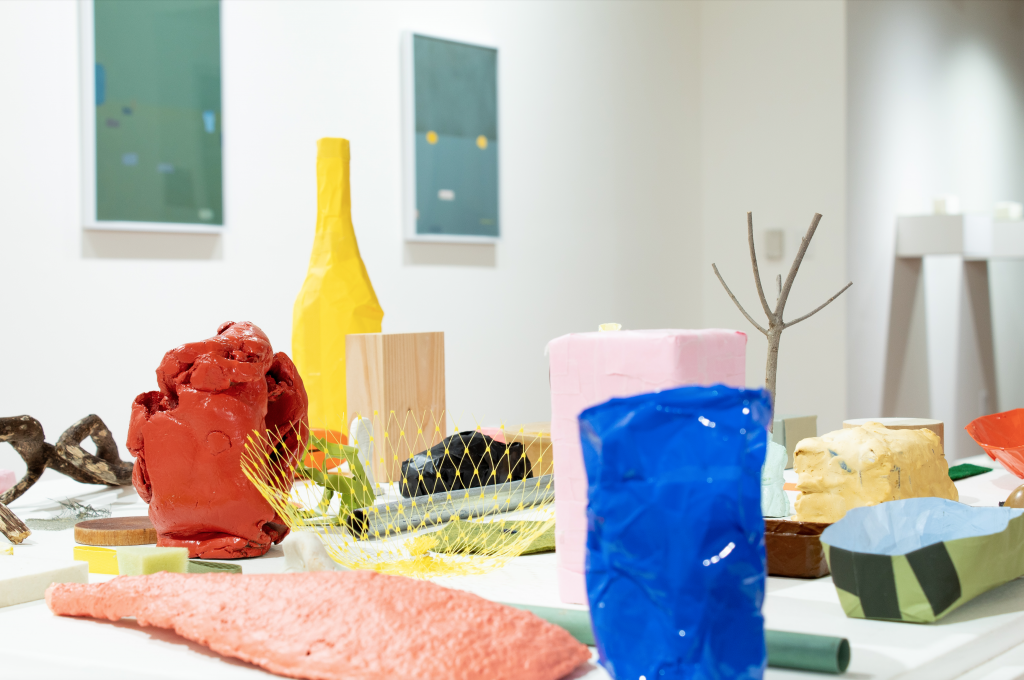HCC Art Galleries’ Now On View brings four hours of interactive art, poetry, theater and dance to three Ybor City venues
By Jennifer Ring with HCC Art Galleries
HCC Art Galleries started Now On View in June 2024 to give Tampa artists the opportunity to tell Tampa’s story in a one-day-only public art festival. Because who better to tell Tampa’s story than Tampa artists?
This year, the story continues with a new crop of Tampa Bay area artists. Each of the six playwrights, poets, designers and dancers thoughtfully considered how to tell Tampa’s story through their preferred medium. On Saturday, February 22, from 10 a.m. to 2 p.m., they bring those stories to life at Hillsborough Community College’s Ybor Campus, Hotel Haya and Kress Contemporary.
Here’s your guide to what’s happening where during HCC Art Galleries 2nd Annual Now On View.
Walk with us!

Start at HCC Ybor Performing Arts Building
In the fall of 2024, hurricanes became a much larger part of Tampa’s story than ever before, as did our town’s efforts to recover from those hurricanes. UT digital fabrication coordinator Emma Quintana and choreographer Amanda Gabaldon bring that story to life through sound, video, sculpture and dance.
Begin in Gallery114@HCC Ybor, where a hurricane forms and dissipates in a constant loop, as dancers clad in vintage beachwear take part in both the disaster and its recovery. Join in their dance with disaster and pick up a copy of HCC Art Galleries’ Official Now On View Guidebook while you’re there.

Follow the music to the HCC Ybor Building Patio
Here, the dance battle begins. Educator Jehoshaphat Jacinto pays tribute to Tampa’s street dance scene with a dance showcase. Learn how to break, vogue, pop and lock in this immersive street dance battle.
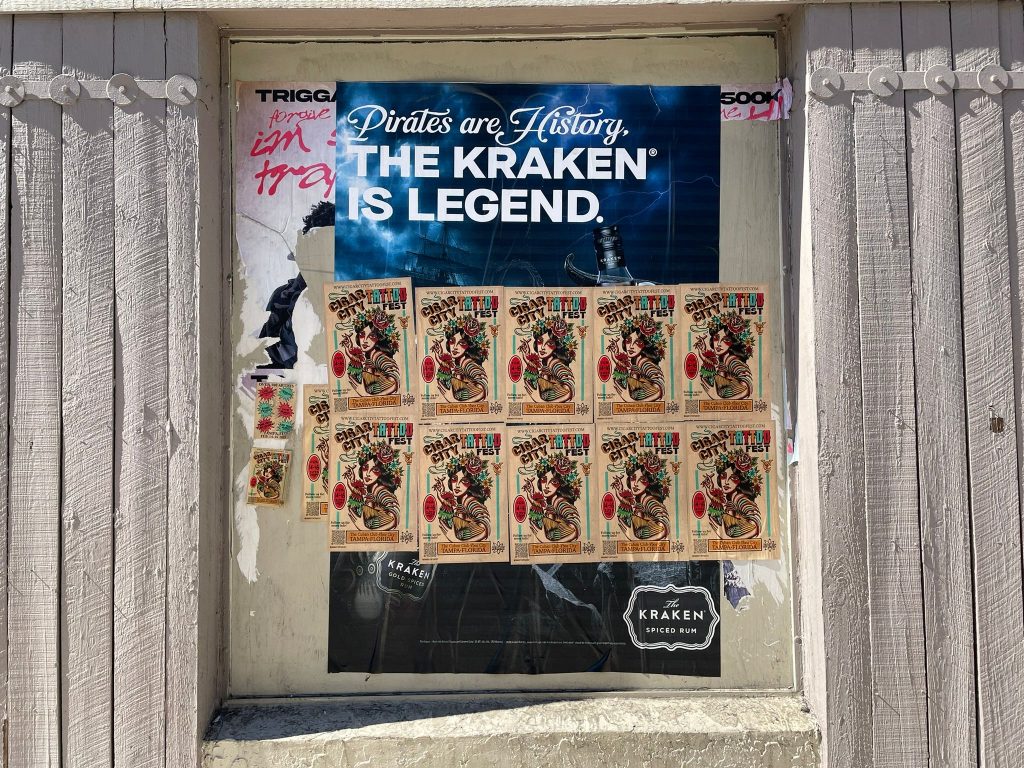
Treat yourself to poetry and flowers at Hotel Haya
Get ready to see the largest poem you’ve ever seen outside Café Quiquiriqui. FAX 727 289 3069, creators of St. Pete’s Poetry Alley, brings their act to Hotel Haya during Now On View.
The group, which consists of artists and poets Tyler Gillespie, Keifer Calkins and Eleanor Eichenbaum, dove into Tampa’s archives, looking for images to help them tell Tampa’s story. They’ll pair them with words and wit in poetry and layers of handmade fliers. Check the surrounding pillars and peer through the Café window and you’ll see.
Then head inside, where botanical artist Kali Rabaut tells Tampa’s story through its flowers. Inspired by FloridaRAMA’s Lampscape, Rabaut incorporates mirrors into her work for the first time, bringing an infinity mirror garden to Now On View. Step into her floral galaxy and leave with some seeds to plant in your garden.
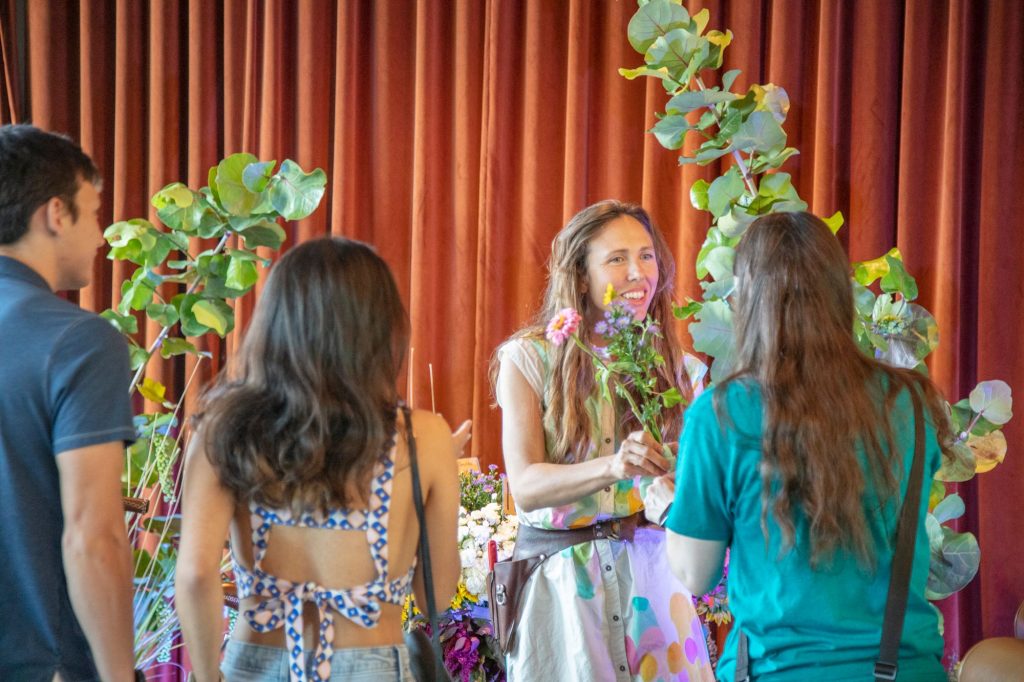
Follow the crowds down Seventh Avenue
You’ll find Kress Contemporary right in the middle of all the Fiesta Day action. Here, playwright Erin Lekovic brings a young and thirsty Samuel Kress to life in a new 15-minute play. Lekovic, who grew up in Tampa and moved back from Chicago three years ago, specializes in site-specific theater. Starting in Chicago’s historic buildings, Lekovic’s brought theater to all sorts of unexpected places, from furniture stores to the shores of Lake Michigan. Ybor Interrupted will be her first site-specific play in Tampa.
Also at Kress, graphic designer Victoria Alvarez tells Tampa’s history through an LGBTQIA+ lens. Alvarez spent the past year collecting photographs of LGBTQIA+ individuals living and playing in Tampa. She found several within USF Libraries’ Bobby Smith and Rex Maniscalco collections, but expanded her search for Now On View, putting out a community all-call and collaborating with local newspapers to tell an even greater story. Alvarez will assemble the photos into a timeline of LGBTQIA+ life in Tampa from the 1950s to present day. The final touch is yours to provide. Alvarez is covering the entire poster in temperature-sensitive black ink. You must place your hands upon the artwork to reveal the lives hiding beneath the surface.

Photograph courtesy of Victoria Alvarez
Before you go: Book an Art & History Tour
Max Herman and Jorge Contreras of Tampa Bay Tours lead three free English-language walking tours, beginning at HCC Ybor’s Performing Arts Building, at 10 a.m., 11 a.m., and 12 p.m, during Now on View. A fourth tour, in Spanish, is available at 1 p.m. Tours walk participants through Ybor City, stopping at all three Now On View arts venues and providing fun facts about Ybor’s history along the way. Reserve your spot at eventbrite.com/o/hcc-art-galleries-29623552403.
About the author:
Jennifer Ring began her storytelling journey in 2017, writing and taking photographs for Creative Loafing Tampa. Since then, she’s told the story of art in Tampa Bay through more than 200 art reviews, artist profiles, and art features. She believes that everyone can and should make art, whether they’re good at it or not. Art heals.
Bay Art Files is pleased to partner with the Galleries at HCC in highlighting Hillsborough Community College’s second annual Now on View.

